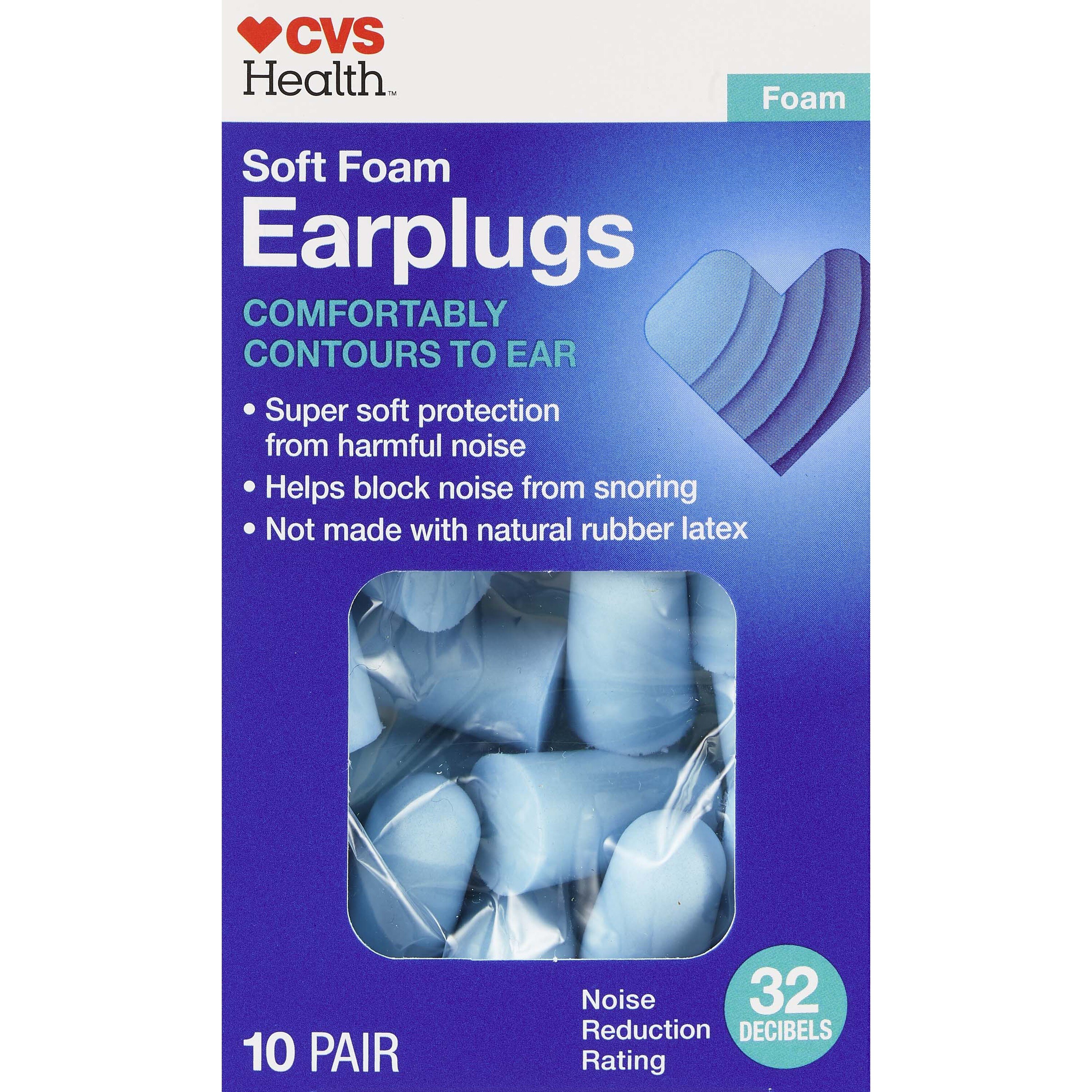Ear Plugs

Ear Plugs
Whether you're dealing with loud neighbors, jet noise, or just loud noises while at work, ear plugs are an excellent way to keep your ears protected. Ear plugs can be made from a variety of material like wax or silicone, but most modern versions are made of soft, pliable memory foam. The best ear plugs can help to prevent you from hearing loud sounds, protect your ears from the dust or wind, and can even prevent water from getting in your ears while swimming. Read on to learn more about these helpful hearing protection accessories.
Types Of Ear Plugs
Most new types of ear plugs are disposable, which means you should discard them after each use. This is to promote healthy, sanitary use and keep your ears clean. You should never wear ear plugs while diving, since the water and air will get into your ears due to the high pressure of being underwater. It's said that a man named Ross Gardner first discovered a type of foam to be used in earplugs back in 1967. Today, soft memory foam is the material of choice since it's easy to get snugly into the ear canal without causing any damage.
Where Can I Get Ear Plugs
Many people use ear plugs in their professional life including construction workers, musicians, and people who work in warehouses. They're often required by many employers as part of their overall safety rules. There are specially designed ear plugs made just for flying in airplanes. These ear plugs help to reduce the pain commonly associated with flying by helping to equalize the pressure in your ears. Some people wear ear plugs when they sleep to help block sounds out for a better night's rest.
How To Use Ear Plugs
When using ear plugs, be sure to carefully read the directions included on the packaging. If you have foam ear plugs, first roll them into a thin rod. Then, pull back on your ear and gently push the ear plug into your ear canal. Wait approximately 20 seconds for the ear plug to re-expand. Make sure you insert ear plugs carefully, as they can do serious damage to your ears if used incorrectly. Ear plugs are not recommended for babies or small children. If you decide to use ear plugs while sleeping, make sure you can still hear loud noises in case there is an emergency while you're sleeping. With proper use, these handy tools can give you peace of mind while you sleep, and safety while you work.
How to Clean Ear Plugs
To clean ear plugs, wash them in some mild soap and water and allow them to air dry before reuse. Do not use any type of abrasive cleaning products or alcohol to clean your reusable earplugs. If you have stubborn ear wax on the ear plugs, repeat the soap and water process until it's completely removed. This method only applies to reusable ear plugs, as disposable ones should be thrown away after each use.
What are Ear Plugs Made Of?
Most ear plugs are made of a soft, pliable foam that molds to the inside of the ear to help provide comfort and hearing protection. Some earplugs are made of a soft silicone material that fills the ear canal to block loud noises or snoring. CVS Health Ear Plugs have a 20-decibel noise reduction rating that is ideal for air travel, and they're made of a soft and comfortable hygienic material that molds to the inside of the ear. Some ear plugs are made of wax that can be rolled into a ball and inserted into the ear.
What Are Ear Plugs For?
Ear plugs are used to protect the ears in settings with loud noises, such as an airplane or construction site. Many people use noise-canceling ear plugs to block loud noises from things like a snoring partner or outside traffic to help you get a good night's sleep.
Related Searches
ear plugs for kids, homeopathic ear drops, ear drops for ear ache foam ear plugs, swimming ear plugs, ear plugs for sleeping












